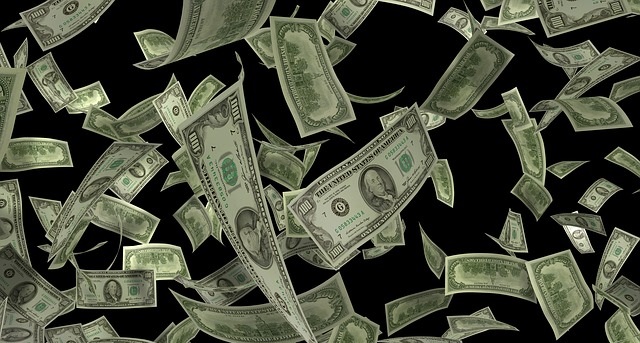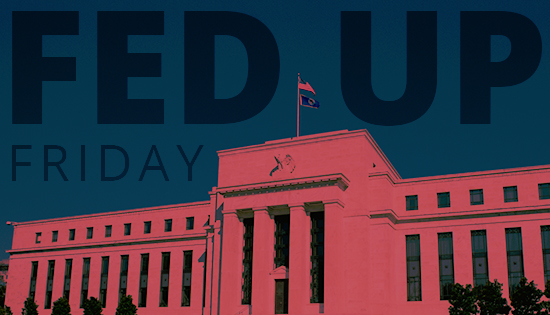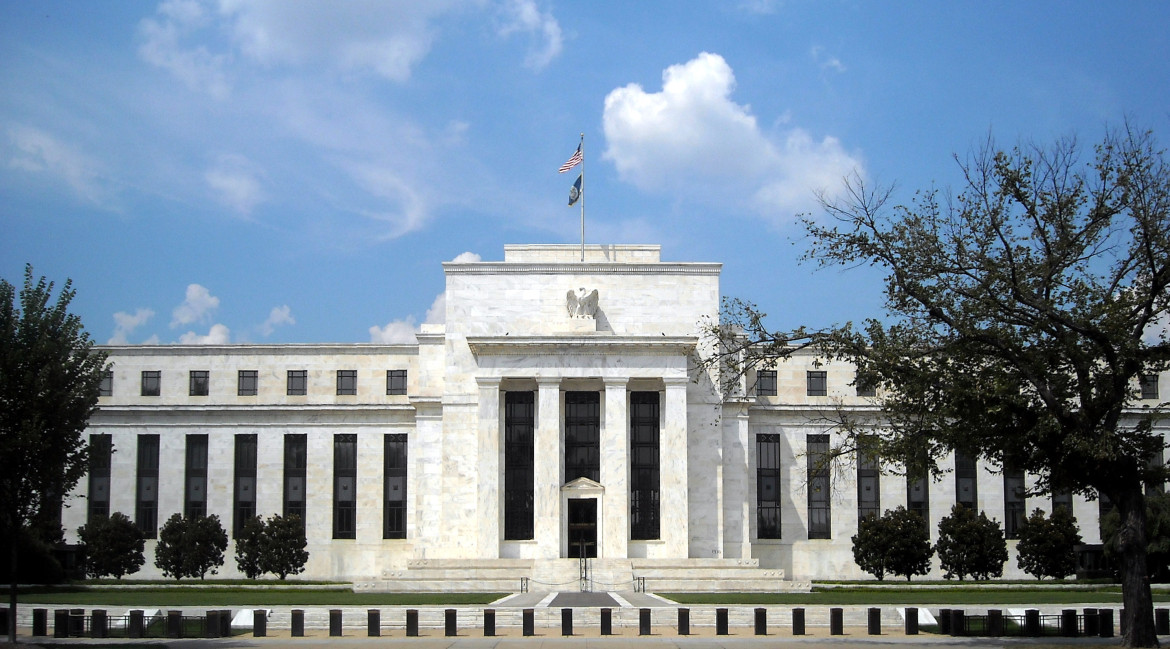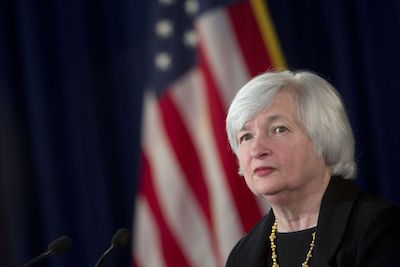As we reported last week, investors are in an era of “irrational exuberance.”
The US stock market is at all-time highs. Meanwhile, market volatility is at lows not seen since the 1990s. In an odd juxtaposition of seemingly contradictory points of view, investors realize the market is overvalued, but at the same time, they believe it will continue to go up. According to a Bank of Ameria survey, 56% of money managers project a “Goldilocks” economic backdrop of steady expansion with tempered inflation.
In an article published at the Mises Wire, economist Thorsten Polleit adds some further analysis and asks a critical question.
Credit spreads have been shrinking, and prices for credit default swaps have fallen to pre-crisis levels. In fact, investors are no longer haunted by concerns about the stability of the financial system, potential credit defaults, and unfavorable surprises in the economy or financial assets markets.
“How come?”
According to data compiled by the Chicago Fed, financial conditions have reached the loosest level in the US since January 1994. This despite Federal Reserve tightening over the last year.
On Nov. 10, the Chicago Fed National Financial Conditions index hit -0.93. As Peter Schiff pointed out in his most recent podcast, that was early on in the dot-com bubble. The Fed has been raising interest rates and talking about shrinking its balance sheet. Why is it that financial conditions are looser now then when rates were still at zero?
Peter said it’s because the Federal Reserve is way behind the curve.
Conventional wisdom holds that an interest rate hike in December will be bad for gold.
But will it?
There is actually evidence the opposite could be true.
There’s been a lot of focus on the Federal Reserve lately.
Earlier this month, the central bank launched efforts to shrink its balance sheet after years of quantitative easing. Most analysts also expect one more interest rate increase this year. Then there is rampant speculation about who will take the reins at the Fed when Janet Yellen’s term ends early next year. Many observers think Trump will pick a more hawkish Federal Reserve chair who will increase the pace of “normalization.”
But Peter Schiff has said ultimately the Fed doesn’t want to do anything to upset the status quo. And at this point, the central bank is between a rock and a hard place. It can normalize, which will ultimately pop the bubble, or it can continue with its easy money policies and wreck the dollar. Peter has said the Fed will ultimately sacrifice the dollar on the altar of the stock market.
In a recent article published on the Mises Wire, economist Ryan McMaken weighs in, arguing along these same lines. He says the Fed won’t do anything that will spook the markets. That means we can expect more “easy money.” But this raises a question – what happens when the next recession rolls along?
The price of gold has fallen four straight weeks, primarily driven down by anticipation of Federal Reserve monetary tightening. The kickoff of the Fed’s balance sheet normalization program and the expectation of rising interest rates have helped spark a dollar rally. But few people seem to be paying any attention to the pitfalls of quantitative tightening. In fact, the Fed’s policy to push interest rates higher could turn out to be a havoc-wrecking juggernaut.
The SchiffGold Friday Gold Wrap podcast combines a succinct summary of the week’s precious metals news coupled with thoughtful analysis. You can subscribe to the podcast on iTunes.
The Federal Reserve Open Market Committee will meet this week. There is virtually no expectation of a rate hike this time around, but there is widespread anticipation that the Fed will outline its strategy for shrinking its massive balance sheet.
In his most recent podcast, Peter Schiff made a pretty good case that the Fed won’t be able to shrink the balance sheet at all. I fact, he says the central bank will end up having to expand the balance sheet even more when it’s all said and done. The deteriorating economy is one factor, but an even bigger problem for the Fed is the exploding national debt.
True Economics called it “the scariest chart in the world.”
That may be a little bit of hyperbole, but a chart showing declining average rates of growth during each economic expansionary period since the 1950s is certainly cause for concern.










